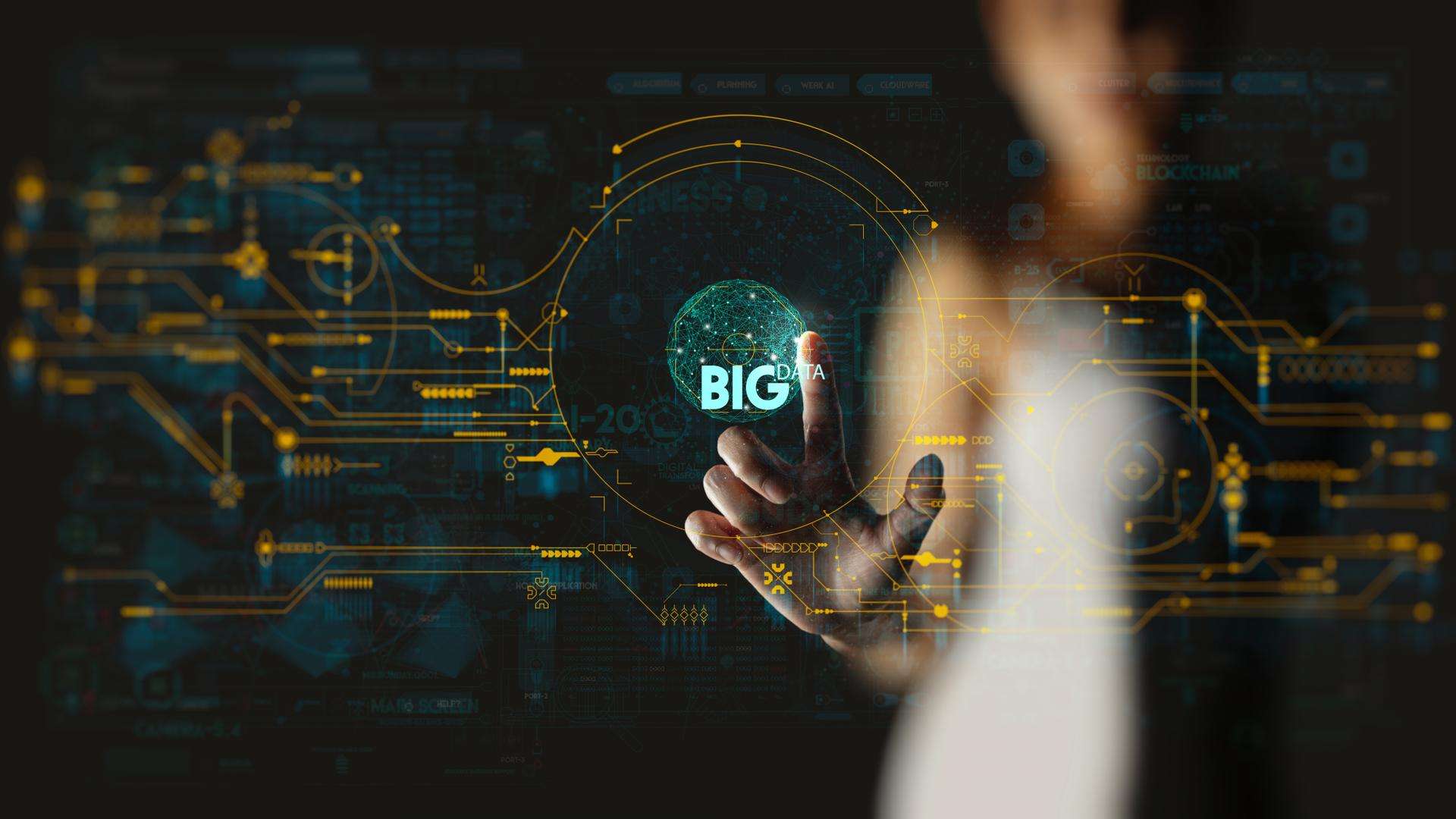Virtual Reality (VR) is a technology that uses various sensory inputs, such as sound, sight, and touch, to create a computer-generated environment that simulates a real or imaginary world. By tricking our minds into believing that the virtual world is real, VR can offer an immersive and interactive experience that can be used for entertainment, education, training, and therapeutic purposes. However, it’s important to note that while VR can simulate a realistic experience, it’s still a digital construct and may not replicate the real world accurately in all aspects.
VR can also provide access to experiences that might otherwise be unavailable, such as visiting a distant location, experiencing a historical event, or interacting with a rare or endangered species. By offering an alternative way of experiencing and learning about the world, VR can open up new opportunities for personal growth and development.
Virtual Reality (VR) has been on an upward trend for several years, and it is now approaching the point where it can have practical and profitable applications. The advancements in hardware, software, and content have made VR more accessible and affordable, leading to increased adoption and interest from various industries.
The potential applications of VR are vast and include fields such as entertainment, education, healthcare, gaming, architecture, engineering, and more. As the technology continues to advance, it has the potential to revolutionize how we work, learn, and interact with each other, and how we perceive and experience the world around us. However, the widespread adoption of VR and its integration into our daily lives will depend on its accessibility, affordability, and user acceptance.
Some of the applications of VR are,
1. Entertainment: VR can be used for immersive gaming, interactive movies, and virtual theme park rides.
2. Education: VR can enhance learning by providing interactive and immersive experiences for students in fields such as science, history, and art.
3. Healthcare: VR can be used for pain management, phobia treatment, and therapeutic interventions.
4. Architecture and Design: VR can help architects and designers create and visualize 3D models of buildings and environments.
5. Engineering and Manufacturing: VR can help engineers and manufacturers visualize and test new products and prototypes before production.
6. Military and Defense: VR can be used for training simulations for military personnel.
7. Tourism: VR can be used to provide virtual tours of tourist destinations and cultural landmarks.
8. Retail: VR can be used for virtual product demonstrations and shopping experiences.
9. Sports: VR can provide training simulations and immersive experiences for fans.
10.Social Interaction: VR can be used for social interaction and virtual gatherings, especially in remote or isolated communities.Bottom of Form
11.Real Estate: VR can be used to provide virtual tours of properties, allowing potential buyers to experience them in an immersive and interactive way.
12.Transportation: VR can be used for training simulations for pilots, drivers, and other transportation professionals.
13.Museums and Art Galleries: VR can be used to provide virtual exhibitions and immersive experiences of art and historical artifacts.
14.Space Exploration: VR can be used to provide training simulations for astronauts and to provide virtual experiences of space exploration.
15.Advertising and Marketing: VR can be used to provide immersive and interactive advertising and marketing campaigns.
16.Journalism: VR can be used to provide immersive and interactive journalism, such as virtual news reports.
17.Environmental Conservation: VR can be used to provide immersive experiences of natural habitats and to promote awareness of environmental issues.
18.Mental Health: VR can be used to provide therapeutic interventions for mental health conditions, such as anxiety and PTSD
As VR technology continues to advance and become more accessible, it is likely to become an even more critical component of many businesses and industries.
At Vhigna, we have strong competency in VR, and we are offering innovative solutions and experiences to clients, such as immersive training simulations, interactive product demonstrations, and virtual tours, among other applications.




